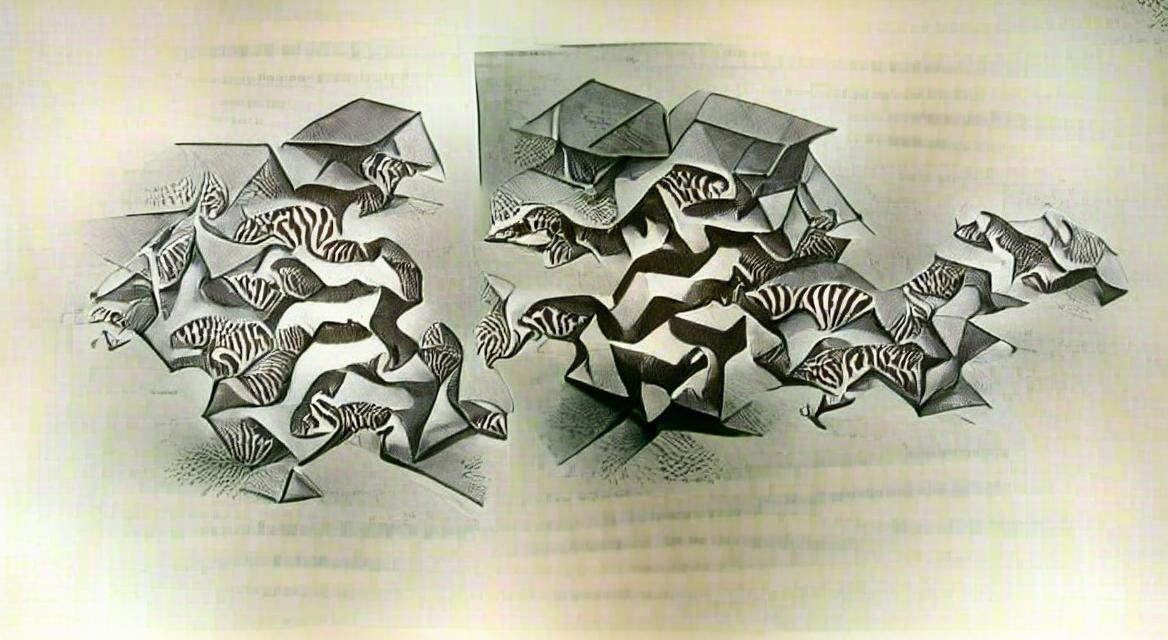Trust & Change (#19)
We know that without change all things gradually decline toward entropy. Therefore change is required — and we still resist it because our brain interprets it as a threat. Trust provides a focal point, a foundation upon which to erect the necessary agents of change.

We know that without change all things gradually decline toward entropy. An environment that is unchanging is in static equilibrium. In the infinite game of business this is an undesirable state that signals impending disruption or decline. Therefore change is required — for our work, our businesses, and ourselves — and we still resist it because our brain interprets it as a threat. To overcome our amygdala's flight or fight response those implementing change need to foster trust in those effected by change. Trust provides a focal point, a foundation upon which to erect the agents of change. Magically, the work we most celebrate — such as exploration, innovation, and creativity — are by their very nature change catalysts, they are the antithesis of stasis. Hence, building trust is the only way to future proof our work, to ensure that amazing ideas and experimental solutions are given a chance to flourish. Our trust foundation provides stability that equips us for embracing and championing the changes we must make.
Gleicher’s Formula
David Gleicher created a formula (D x V x F > R) that provides a construct to determine if meaningful change can occur. It states that the combined weight of dissatisfaction with the present state, a vision of the future, and the commitment to action must be greater than the emotional resistance to change. If any of the first three elements are absent, the combined value is zero, and therefore change is unlikely to happen. Christine Grimm provides a good introduction to the Gleicher's formula in her article The Change Formula.




